You can trust Cyclingnews
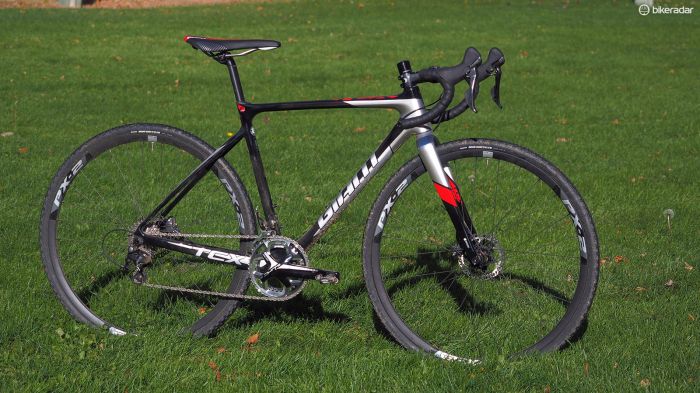
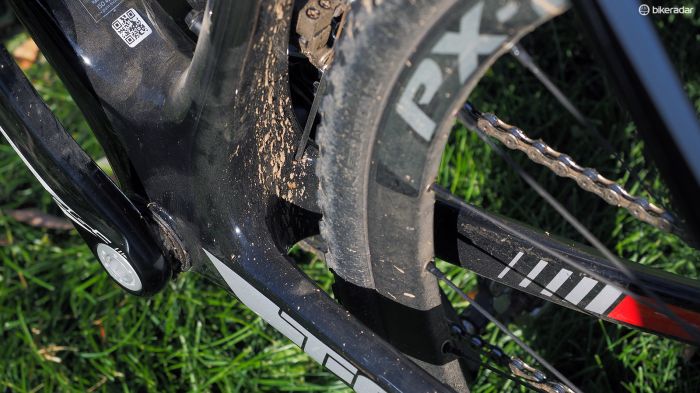
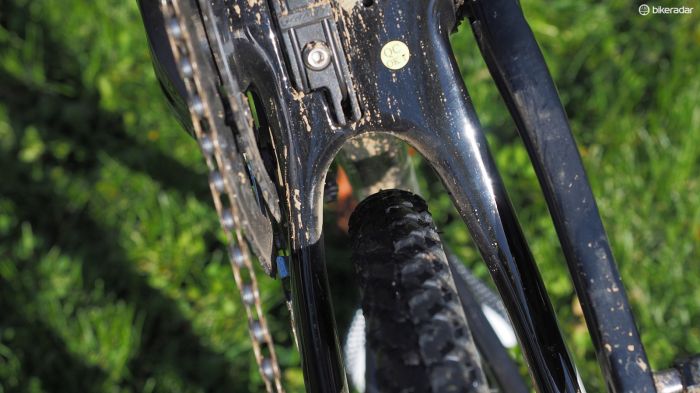
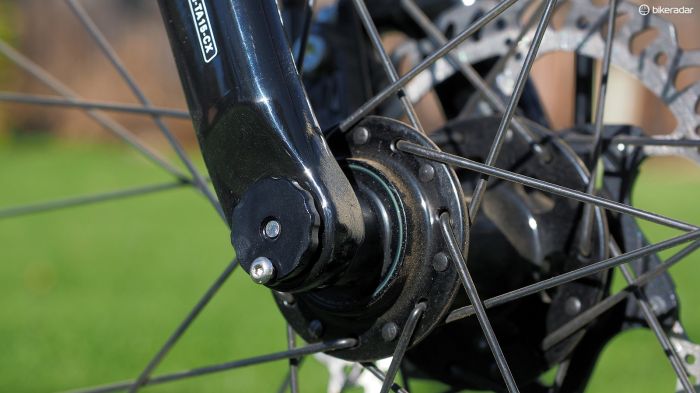
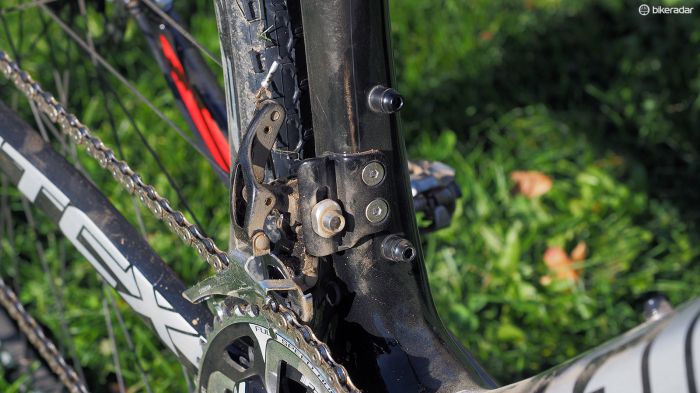
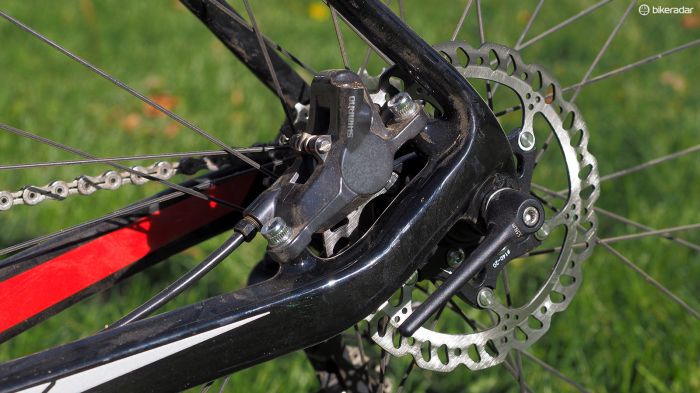
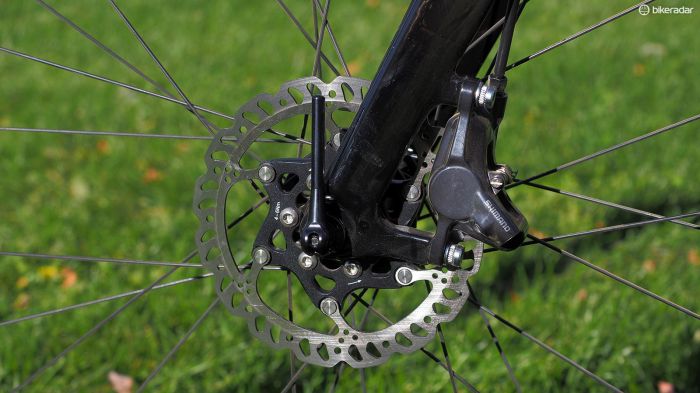
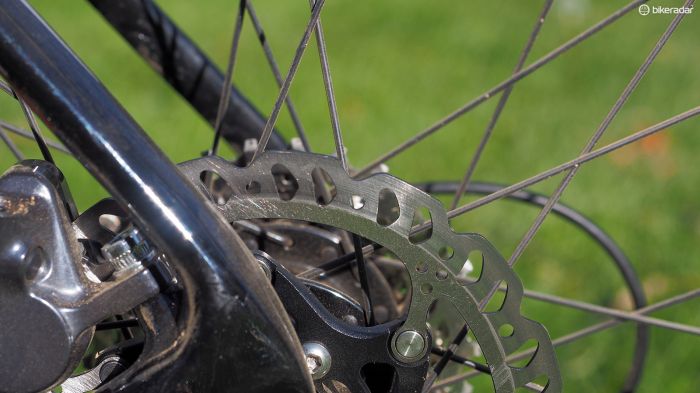
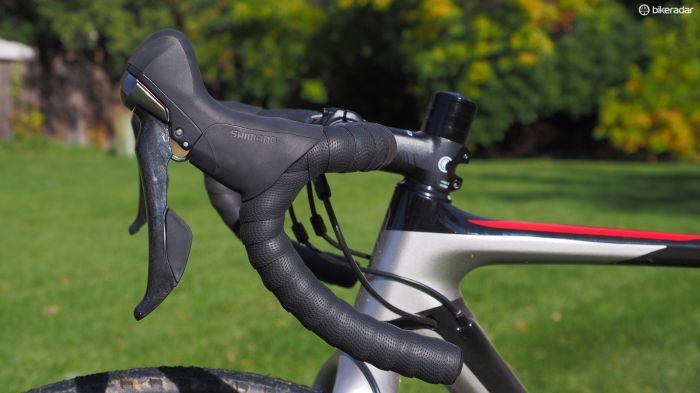
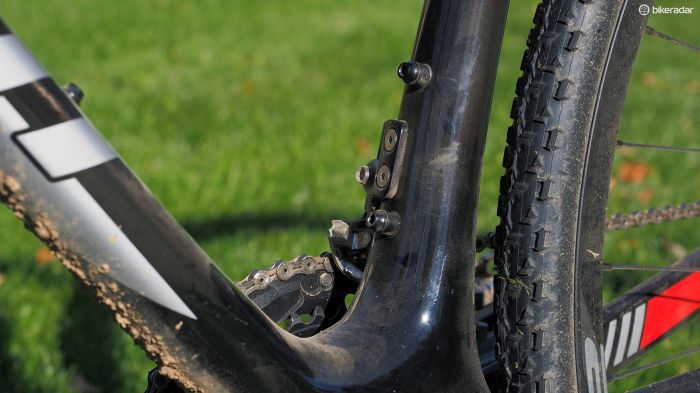
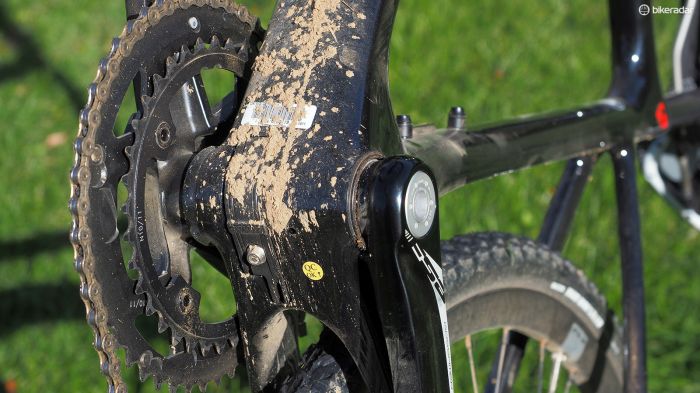
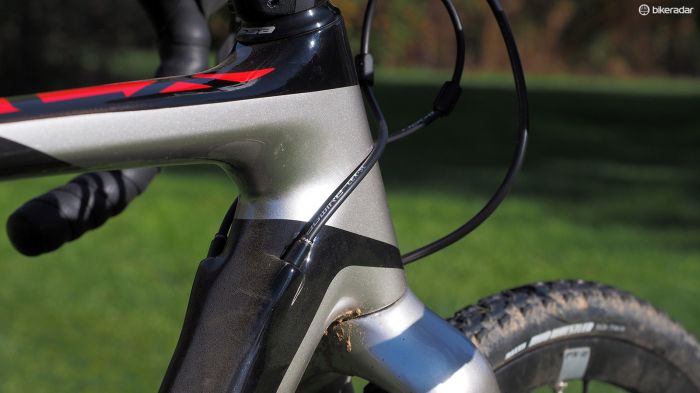
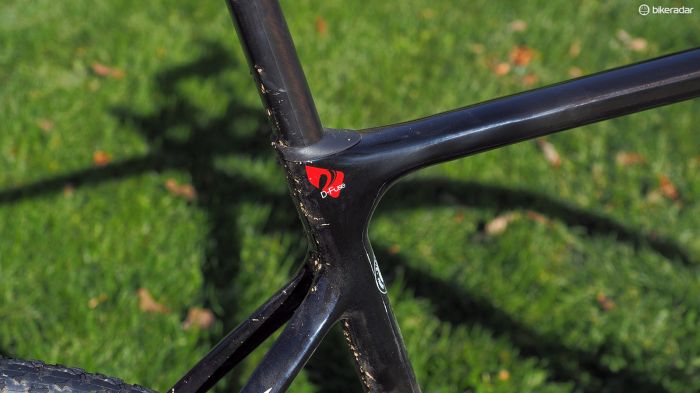
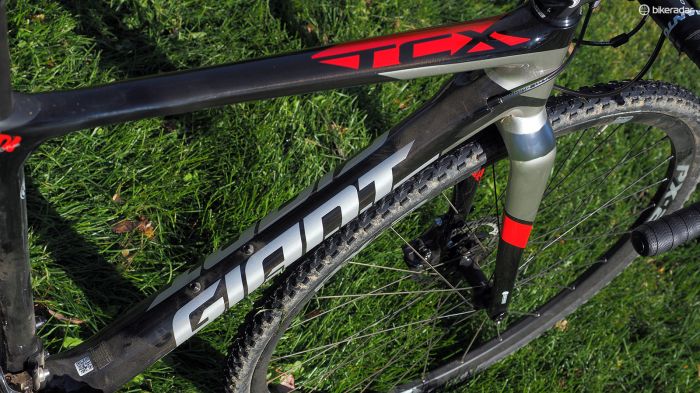

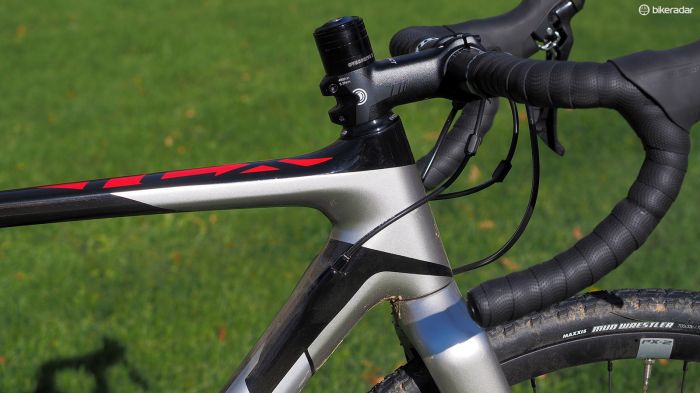
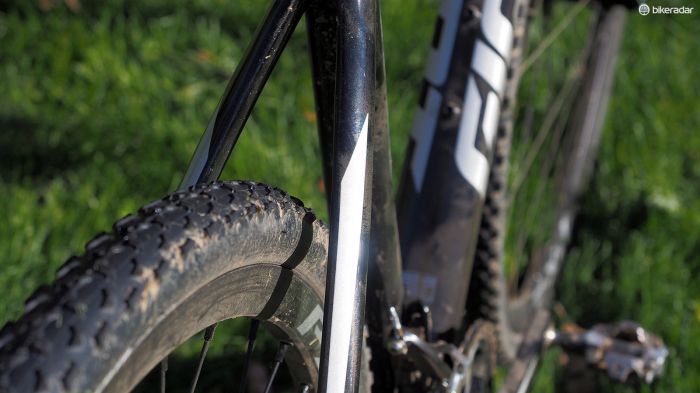
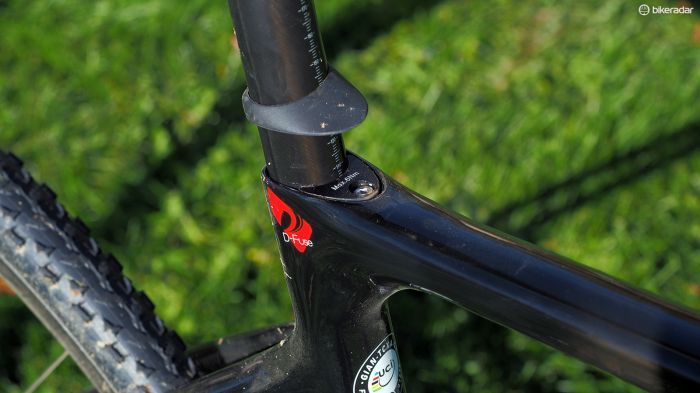
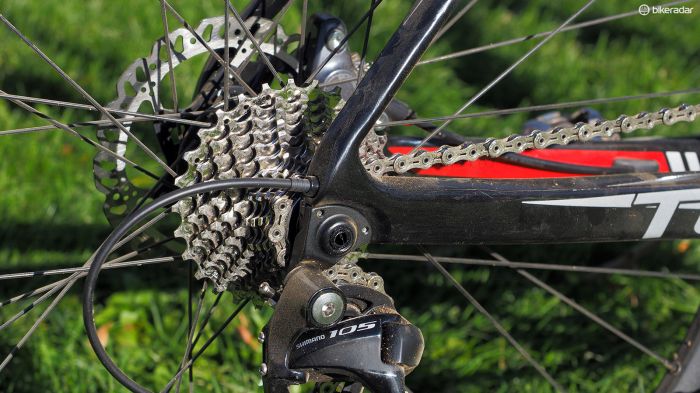
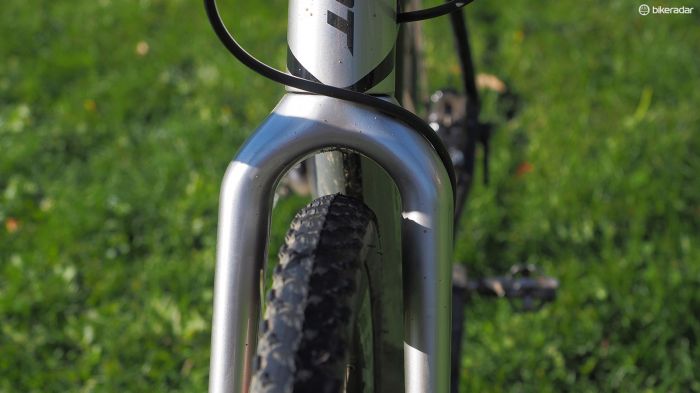
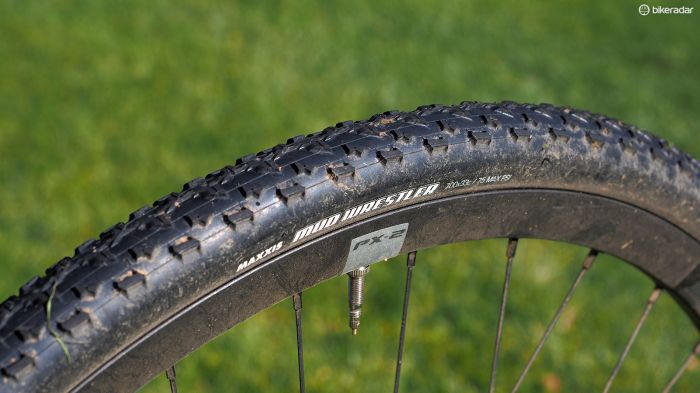
This article originally appeared on BikeRadar
The Giant TCX Advanced Pro 2 sports all the latest gadgets and gizmos like dual thru-axles, disc brakes, internal cable routing, and a featherweight carbon frame and fork that rides like buttah. The somewhat extreme geometry is straight out of Belgian racing history books, though, which definitely won't suit everyone's tastes.
- Highs: Smooth and composed ride quality, Shimano transmission and full-hydraulic disc brakes, euro geometry
- Lows: Clumsy thru-axle setup, goofy handlebar bend, frustratingly slow wheel and tire package, euro geometry
- Buy if: You're constantly racing through hub-deep mud and sand
Two schools of thought
When it comes to cyclocross geometry, there are basically two major theories to which just about everyone adheres. On the one hand, you have the more American style with lots of bottom bracket drop and relatively long cockpits, which lends excellent stability when leaning into fast corners.
And on the other, there's the more traditional European setup that has a much higher centre of gravity, lots more room between the cranks and the ground, and a generally shorter cockpit that favours a more upright riding style.
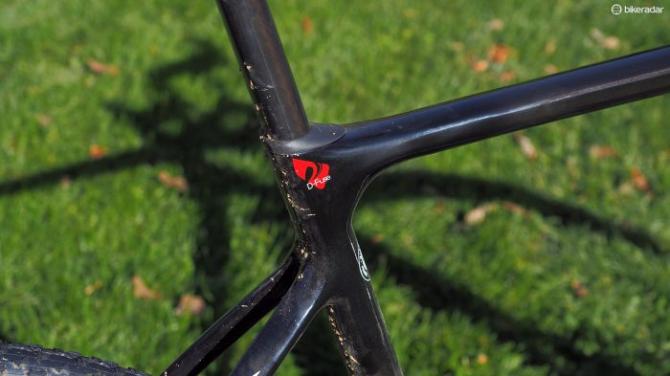
The offset seat cluster and D-shaped seatpost contribute to the Giant's silky smooth ride quality
Giant has historically subscribed to the latter philosophy but has toned it down a bit this time around, lowering the ultra-tall bottom bracket of the previous TCX Advanced SL by 5mm. At 60mm of drop relative to the wheel axles, though, it's still among the most extreme Euro-style geometries out there and even taller than the ultra-traditional Ridley X-Night.
Out on the 'cross course, the difference between the two schools of thought isn't so much a matter of good vs bad but the TCX Advanced Pro's handling traits certainly won't suit everyone's tastes. The high center of gravity lends a somewhat tippy feel overall that isn't overly eager to change direction. In fact, initial turn-in can seem downright slow at times, the bike often wants to push through tight turns, and it stands up hard if you even lightly tap the front brake mid-corner.
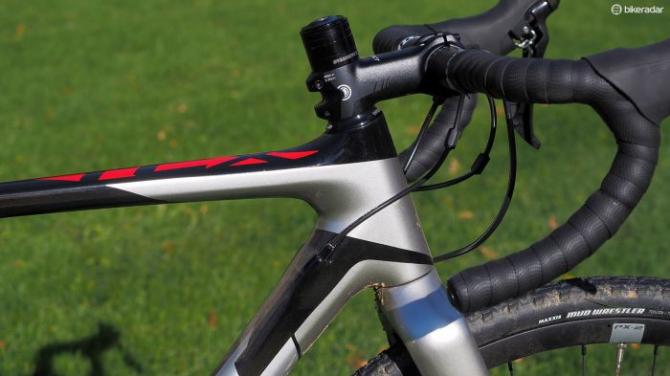
The extra-oversized front end handles precisely but not everyone will get on with the Euro-style geometry
Unlike bikes with more nu-skool angles, the TCX Advanced Pro 2 also doesn't feel at home snaking through fast successive corners and has to be muscled more aggressively from edge to edge.
That all said, there are advantages to be exploited here – if you know how, and depending on your local conditions.
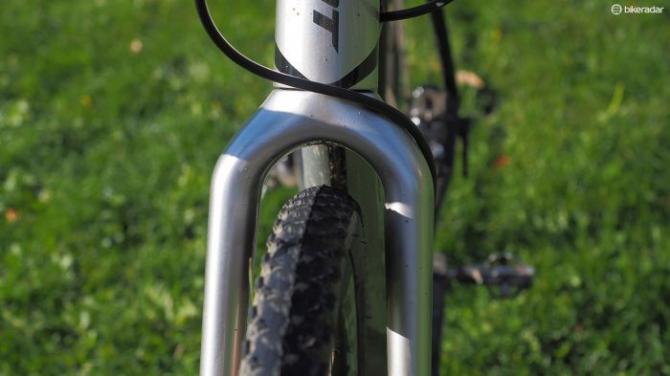
Mud clearance is fantastic all around
That tall bottom bracket yields roughly a centimeter of extra ground clearance, which can mean the difference between riding and running through deep mud and sand. Likewise, there's more room left to pedal through corners, meaning you can actually accelerate through turns while others are just coasting. That effect is even more exaggerated if you actively steer the front end instead of leaning in, which lets the bike stay more upright for even more pedal clearance.
Whichever way you lean in terms of geometry, there's little questioning the TCX Advanced Pro 2's silky-smooth ride quality. It glides over rough ground and genuinely takes the edge off of bumps, sticking to the ground for noticeably better traction and leaving you fresher toward the end of a ride as compared to a harsher-riding chassis.
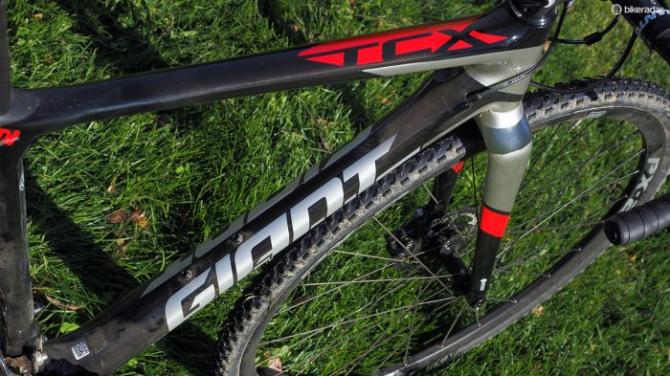
The tubes are primarily roundish for excellent front-end stiffness
Impressively, that smoothness is still paired with very good driveline and front triangle stiffness – a recipe that more 'cross bike manufacturers have begun to figure out in recent years. Overall, the TCX Advanced Pro 2 doesn't so much feel viscerally quick and eager but rather measured and composed – and that's just fine.
A solid frame and a good parts kit but with some flies in the ointment, too
There's much to like about the TCX Advanced Pro frame design, such as the PF86 bottom bracket shell (which allows for wider chainstays and more mud clearance), the clever proprietary D-shaped carbon seatpost and seat tube (which Giant says flexes more under load than round profiles), and the open front triangle layout that leaves ample room for your shoulder during run-ups.
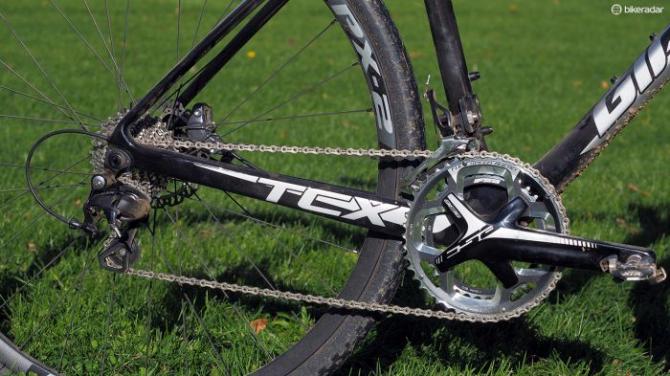
There are no complaints with the Shimano/FSA drivetrain, aside from the crank's goofy proprietary chainring bolt pattern
Claimed frame weight is an outstanding 1,050g – well inline with many higher-end road bikes – and mud clearance is fantastic all around with no shelf at all behind the bottom bracket shell on which mud and debris can accumulate.
There are plenty of thoughtful smaller touches, too, such as the intelligently laid-out internal cable routing, the removable front derailleur tab (for a cleaner look on 1x drivetrains), and the internal seatpost clamp, which is not only neatly integrated but holds fast with minimal bolt torque and is protected by a nice rubber cap. Even the second bottle mount on the seat tube is situated very low, placing it out of the way when shouldering but still keeping it accessible if race day brings warmer weather than usual.
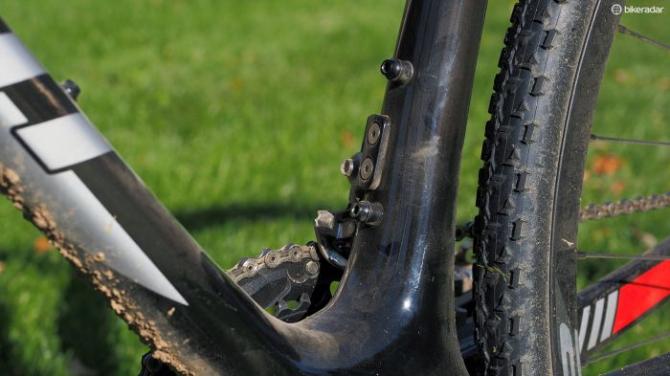
The seat tube bottle mounts are very low, meaning it's out of the way if you need to carry water during a hot race
All is not entirely rosy, however. For example, it's great that Giant equips both ends of the TCX Advanced Pro with thru-axles (and using commonly available 15mm front and 12mm rear sizes, at that), and the front one is even exceptionally lightweight with a carbon shaft and an expensive-looking aluminum lever.
However, the front one is slow to operate and has a lever clocking device that's unforgivably crude. Moreover, it doesn't match the rear thru-axle, which is a clunky aluminum bit styled after DT Swiss's RWS design but doesn't have the easily repositionable lever.
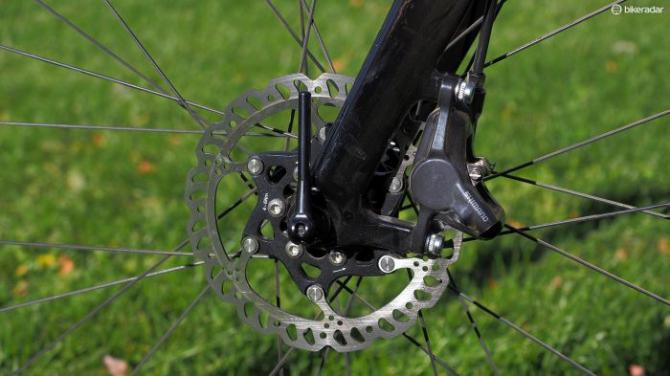
The brakes are great; the thru-axles themselves... not so much
I've also grown over the years to appreciate Giant's extra-oversized 1 1/4-to-1 1/2in OverDrive 2 tapered front end for its tangible boost in front-end rigidity. However, it's still difficult to find compatible stems if you need a different size, particularly if you're not interested in sticking with Giant's house brand. Options do exist but they're relatively few in number and hardly easy to source.
It's a similar story with the build kit, which is mostly solid but with some notable letdowns.
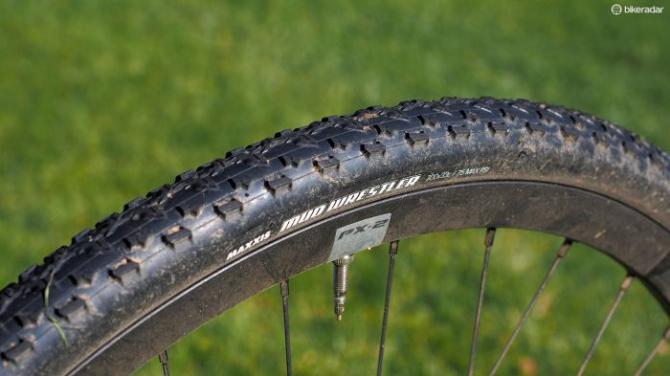
The stock Maxxis Mud Wrestlers are surprisingly slow-rolling and don't have much grip, either
Most of the key bits are impossible to fault. Despite substituting an FSA crank and KMC chain, the otherwise Shimano 105 transmission shifts flawlessly with true 'cross-specific gearing that might limit the bike's versatility elsewhere but works well on race day. Lever feel on the fully hydraulic brake setup is outstanding, too, with great modulation and reliable consistency.
Surprisingly, though, overall braking power is a bit lacking given Giant's choice of metallic pads in the Shimano R785 calipers. Experience has proven that they'll last longer than organic pads in wet and muddy conditions but they don't have as much initial bite. Especially in combination with the off-brand 140mm rotors, there just isn't a huge amount of clamping force on tap, even after the frustratingly long break-in period.
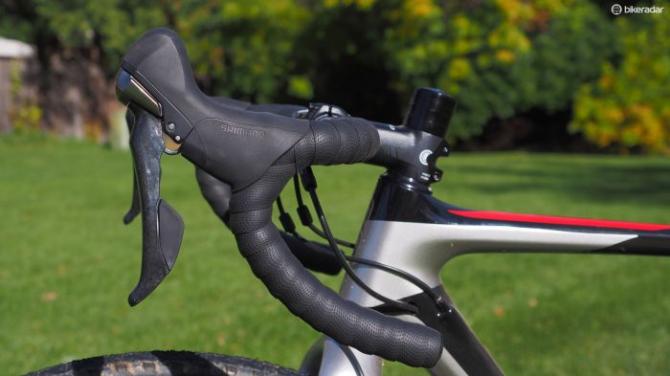
The Shimano hydraulic levers work and feel fantastic but the bar bend isn't well suited to racing
The cockpit components do the job well enough, with a generic saddle that's generously long and well padded, a single-bolt seatpost head that holds tight, and a solid-feeling aluminum bar-and-stem package. The ergonomic bend isn't well suited to spirited riding, however, with a short reach and compact bend that just feels too cramped when in the drops to be useful.
Unfortunately, the biggest disappointment is the one that has the most impact on the bike's overall personality: the rolling stock. I had little trouble converting the Giant PX-2 aluminum disc wheels and Maxxis Mud Wrestler rubber to tubeless and found it to be a reliable setup at least down to 30psi.
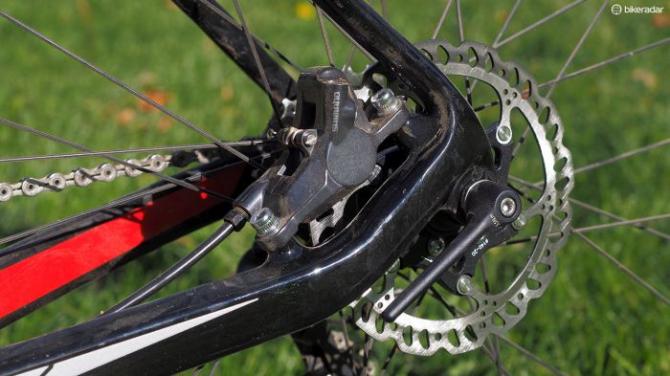
Giant fits the Shimano calipers with metallic pads, which last longer than organic ones in muddy conditions but don't have as much bite
But the wheels are noticeably heavy (claimed weight is just shy of 2kg for the set) and the treads have lots of rolling resistance despite the low knob height and ramped forward edges. Making matters worse, the tread design is nowhere near aggressive enough to actually be useful in the mud for which it's named.
Overall, the heavy wheels and slow-rolling tires make the bike feel weightier and more sluggish than its 8.88kg actual weight (19.58lb, size S, without pedals) would otherwise suggest. Swapping to a different setup – and one that was only slightly lighter, mind you – helped immensely in injecting some more life into the bike and brought out more of the chassis' inherent goodness.
Verdict
Giant has done its homework on the TCX Advanced Pro 2 with a great ride quality, excellent stiffness, and – however polarizing – a faithful interpretation of classic European 'cross racing geometry. That's unfortunately let down by some crudely finished details on the frame, however, and rolling stock that just isn't up to snuff.
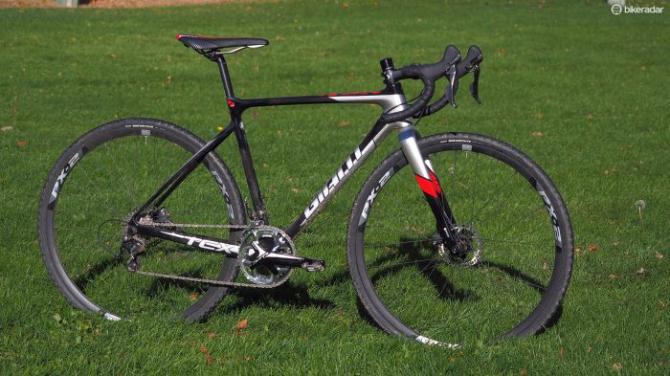
Full specifications:
Frame: Giant TCX Advanced Pro, Advanced-grade composite
Fork: Giant TCX Advanced Pro, Advanced-grade composite
Headset: Giant OverDrive 2 1 1/4-to-1 1/2in tapered, by FSA
Stem: Giant Contact
Handlebar: Giant Contact
Tape: Giant
Front brake: Shimano BR-RS785 with 140mm rotor
Rear brake: Shimano BR-RS785 with 140mm rotor
Brake levers: Shimano STI Dual Control ST-RS505
Front derailleur: Shimano 105 FD-5800
Rear derailleur: Shimano 105 RD-5800
Shift levers: Shimano STI Dual Control ST-RS505
Cassette: Shimano 105 CS-5800, 11-28T
Chain: KMC X11SL
Crankset: FSA Gossamer Cross BB386, 46/36T
Bottom bracket: FSA press-fit
Pedals: n/a
Wheelset: Giant PX-2 Disc
Front tire: Maxxis Mud Wrestler, 700x33c
Rear tire: Maxxis Mud Wrestler, 700x33c
Saddle: Giant Performance Road
Seatpost: Giant D-Fuse SL